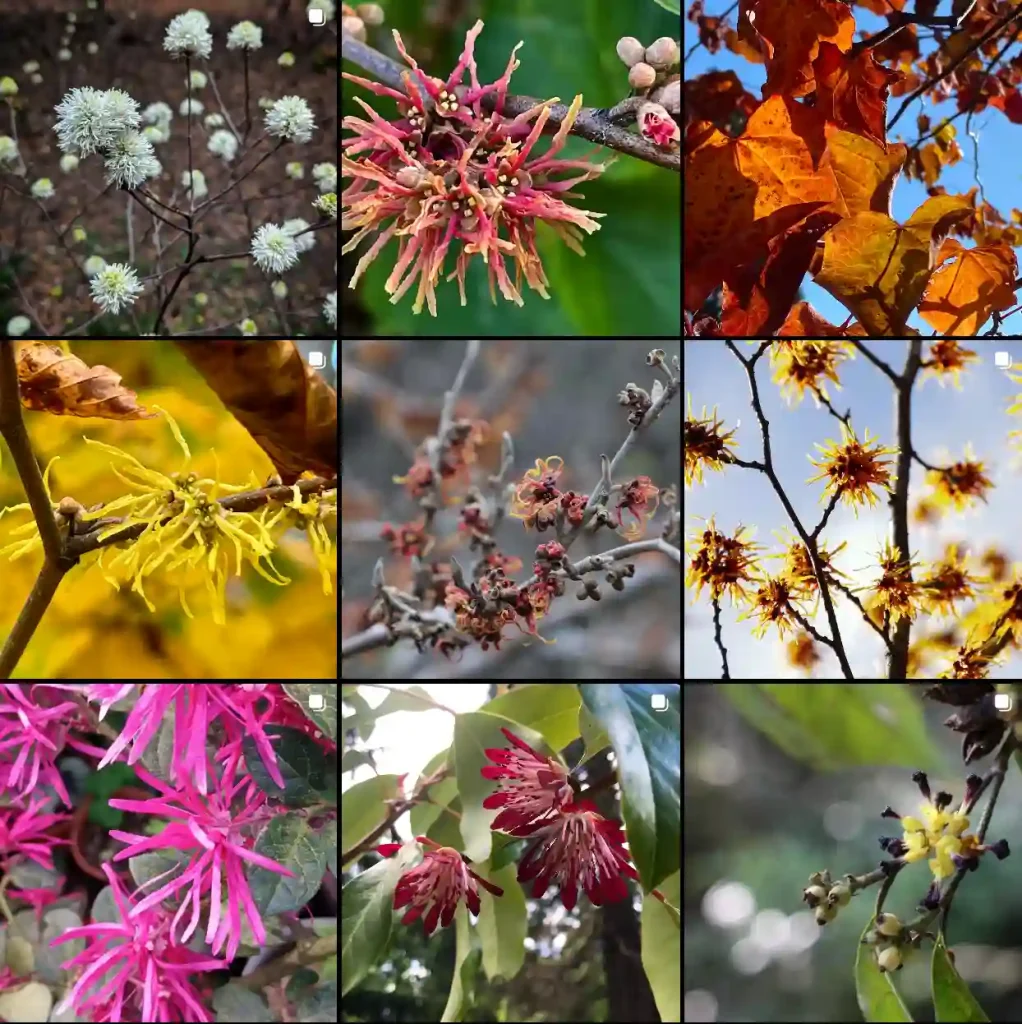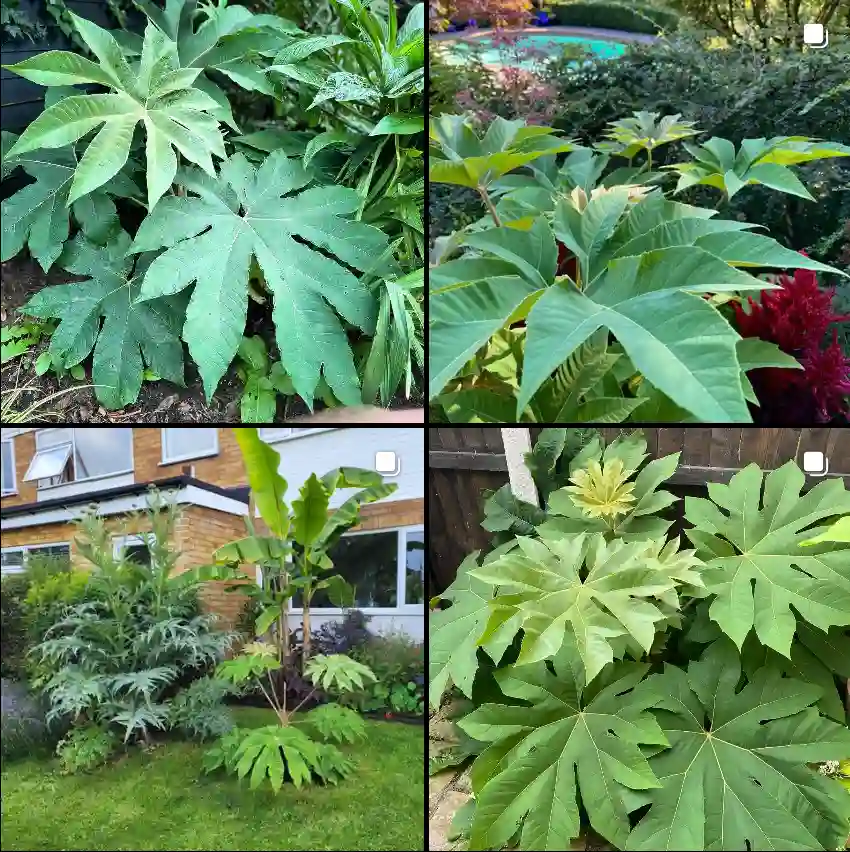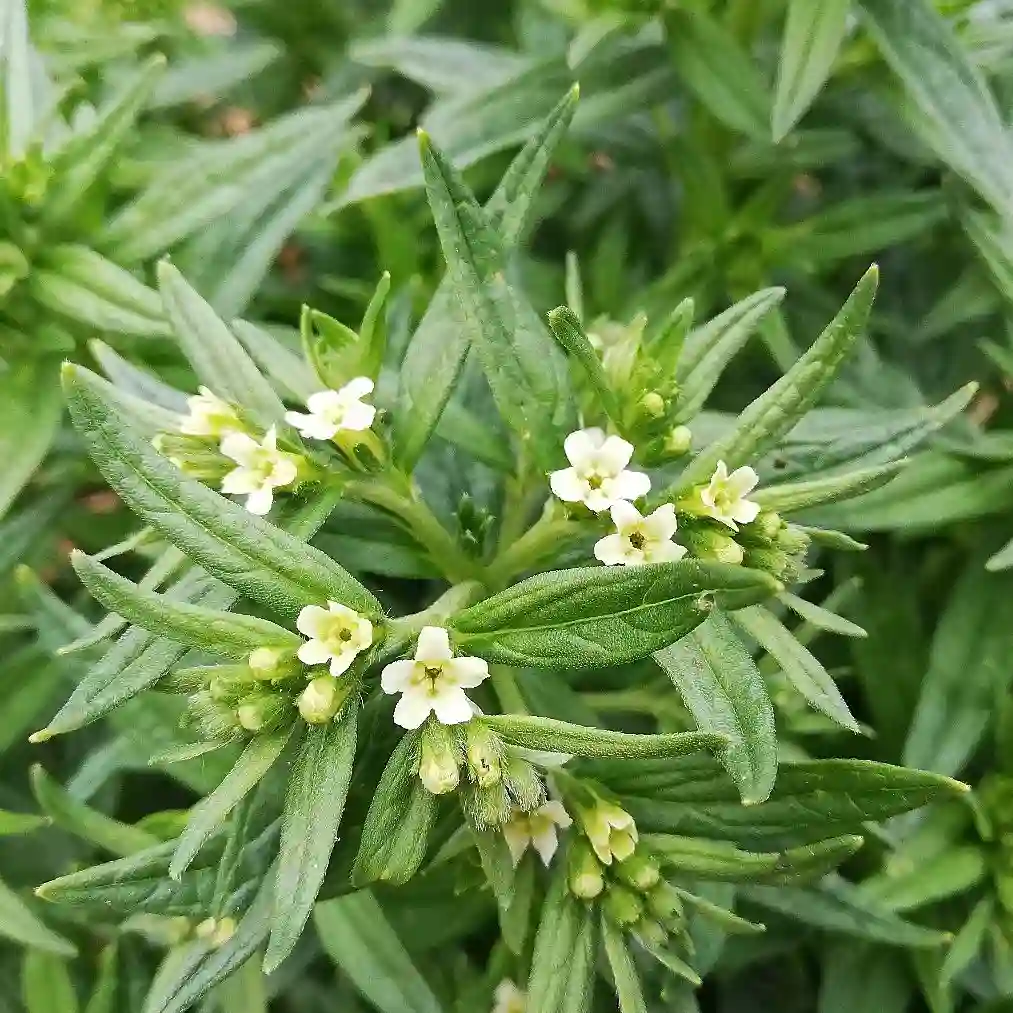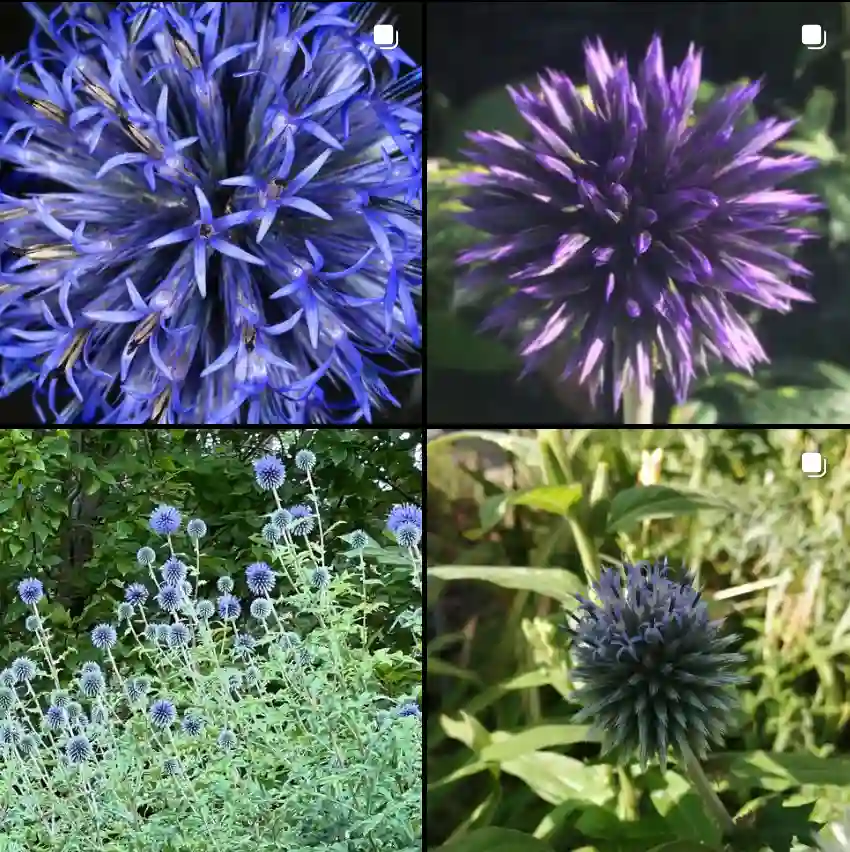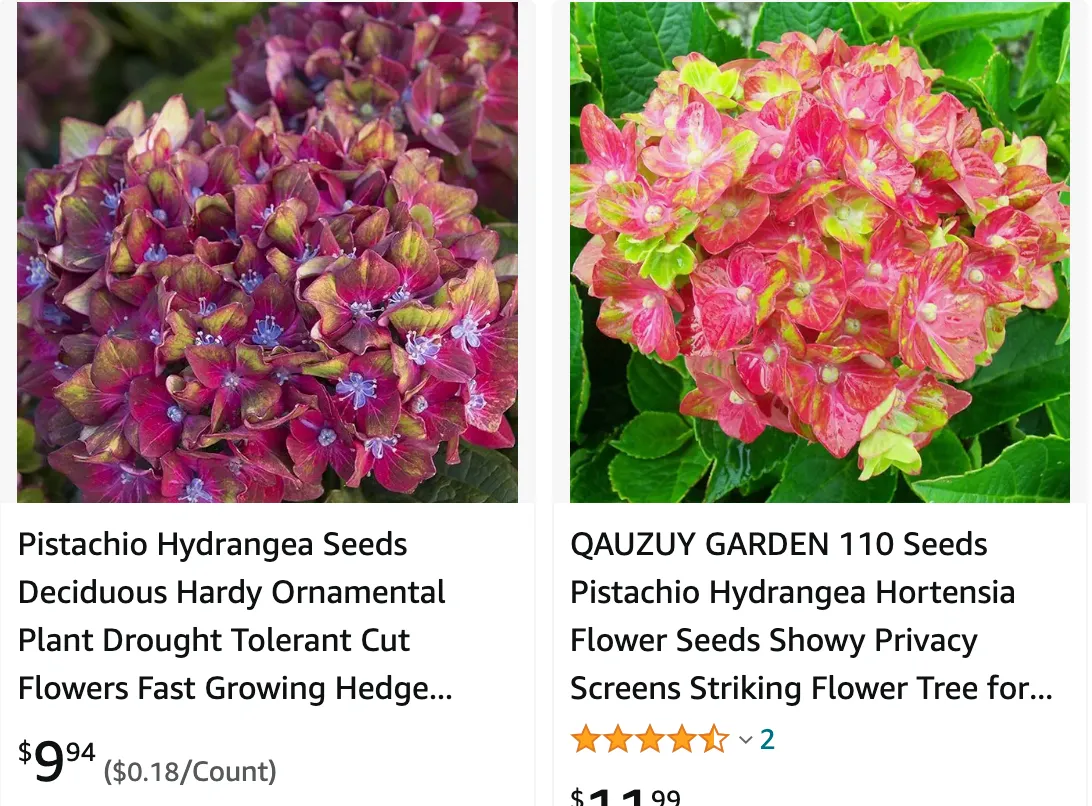
Does Pistachio Hydrangea bloom on new wood?
I’ve noticed that my Pistachio Hydrangea blooms on new wood, which means that the flowers develop on the growth from the current year. This characteristic makes it easier to manage because I don’t have to worry too much about pruning at the wrong time and cutting off next year’s flowers. It’s been pretty forgiving and ensures a reliable bloom cycle each season.
100 Species in Genus Hydrangea
How to care for Pistachio Hydrangea?
Here’s a guide on how to care for your Pistachio Hydrangea:
Light:
- Prefers Balance: Pistachio Hydrangeas prefer a location with partial shade. They can tolerate full sun in cooler climates, but the soil needs to be consistently moist in such conditions. Avoid harsh afternoon sun, especially in hot climates, as it can scorch the leaves and affect flower production.
Watering:
- Moist but Well-Drained: Water your Pistachio Hydrangea regularly to keep the soil evenly moist but not soggy. They require consistent moisture, especially during hot and dry periods.
- Signs of Thirst: Wilting leaves are a sign that your plant needs water.
Soil:
- Drainage is Key: Well-draining soil is crucial to prevent root rot. Use a good quality potting mix or amend your garden soil with compost or organic matter to improve drainage.
Fertilizing:
- Moderate Feeder: Pistachio Hydrangeas are not heavy feeders. You can fertilize them once in spring with a slow-release fertilizer formulated for flowering plants. Avoid over-fertilizing.
Pruning:
- Minimal Pruning Needed: These hydrangeas don’t require extensive pruning. You can remove dead, diseased, or damaged branches in late winter or early spring. If your plant gets too large, you can prune it for size control after flowering has finished (around late summer).
Flower Color:
- Soil pH Impact: Unlike some hydrangeas where flower color can be affected by soil pH, the flower color of Pistachio Hydrangeas remains a pinkish-red regardless of soil acidity.
Additional Tips:
- Mulch: Apply a layer of mulch (2-3 inches thick) around the base of the plant to retain moisture, regulate soil temperature, and suppress weeds. Keep mulch a few inches away from the stems to prevent rot.
- Winter Protection: In colder climates (USDA zones 3-4), you may want to protect the base of the plant with mulch or burlap during winter to insulate the roots.
- Pests and Diseases: Pistachio Hydrangeas are generally pest and disease resistant, but watch for common garden problems like aphids or powdery mildew.
Where to buy Pistachio Hydrangea?
When I was looking to buy my Pistachio Hydrangea, I found it at a local nursery that specializes in a variety of hydrangea species. Garden centers often carry them, and they’re also available through several online plant retailers. It was convenient to compare different sources online before making my purchase to ensure I got a healthy plant.
How to get a Pistachio Hydrangea to bloom?
To get my Pistachio Hydrangea to bloom, I make sure it’s planted in a spot that gets morning sun and afternoon shade, which seems to be ideal for hydrangeas. Regular watering, proper feeding, and timely pruning also play significant roles. I’ve found that if I follow these care guidelines, the plant rewards me with beautiful, colorful blooms each year.
How to prune Pistachio Hydrangea?
Pruning my Pistachio Hydrangea is straightforward since it blooms on new wood. I typically prune it in late winter or early spring before new growth begins. I cut back any dead or damaged stems and shape the plant to maintain a good structure. This encourages vigorous new growth and plenty of blooms for the coming season.
Where is the best place to plant a Pistachio Hydrangea?
The best place I’ve found to plant my Pistachio Hydrangea is in an area that receives morning sunlight but is shaded during the hottest part of the day. This balance of light ensures the plant doesn’t get scorched while still receiving enough light to produce vibrant flowers. Well-drained, slightly acidic soil also seems to help it thrive.
Why is my Pistachio Hydrangea blooming all pink?
When my Pistachio Hydrangea blooms all pink, I know it’s usually due to the soil’s pH level. The color of hydrangea blooms can change depending on the soil acidity; more acidic soil tends to produce blue flowers, while alkaline soil results in pink blooms. To adjust the color, I can amend the soil with either aluminum sulfate to encourage blue flowers or lime to keep them pink, but I enjoy the surprise of seeing what shade they turn each year.
If i die, water my plants!
